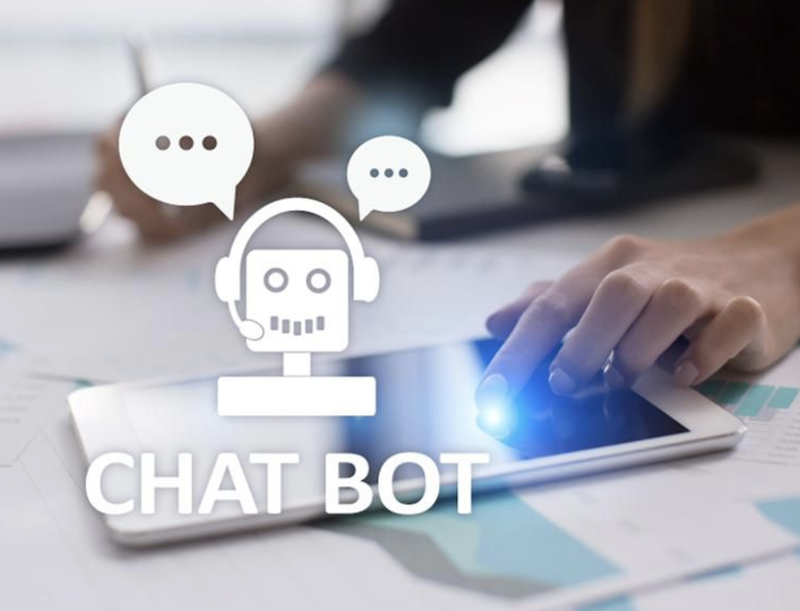
When speaking in conferences and discussing what "amazing online experiences" look like for consumers and what "amazing conduct" looks like for retailers, one of the most common questions I am asked is....
"If businesses listen to what you are saying, follow best practice, and shape business conduct to properly support and create amazing online experiences, what is the issue? Why are so few organisations delivering amazing online experiences?"
I often pause when this question is presented, knowing I am going to offend someone, but then the truth comes out.....
"The most common first hurdle that needs to be dealt with is the executive's mindset, and business wide culture."
Then I get into the explanation of my response which forms the remainder of this article....
The "Executive Mindset"
The first and big issue with retailers and organisations (more broadly) is the executive philosophy on how to improving online experiences. Though executive teams SAY they have a customer centric focus, most are not.
This from Forbes on how customer centric executives need to think...
Businesses oriented primarily toward near-term shareholder value make themselves vulnerable in the long term. If you focus on what’s best for the customer, both near-term and long-term, you will see where customers are headed, and can plan change versus crisis reaction. Talk with real customers constantly.
In reality, this is what happens...
Executives are drawn to bright shiny new toys in the form of buzzwords and software, to play with. When they see a new toy, the first question they ask is,
“How can we use this "thing" to enhance consumer experiences?”
This approach is incorrect. Instead, the questions they should be asking are...
- "What does the consumer like/dislike when engaging with us?"
- "What does the consumer want from us that we are not yet delivering?"
- “How do our target consumers want to engage with us when they are in their moment of need that aligns to our product/service offering?”
- “What consumer pain points are we creating within our own touchpoints (both physical and digital) that needs to be improved?"
As the Forbes statement above, the executive teams need to speak (and in fact listen) to real customers and develop a deep sense of empathy first.
Only once the retailer can confidently answer the above four questions, they can then ask…..
“What technology (or other business tools) can we use to enhance and/or fix the responses provided to these six questions?”
If the shiny new toy can resolve any of the questions, then it is worth a consideration, however 90% of the time, they don't.
What has helped to create the current executive mindset?
This manner of thinking is supported by and made worse by three supporting organisational types who work with executive teams...
- The traditional advertising agency
- The eCommerce technology vendor
- The Digital agency
All three of the above have an agenda....to sell more services/products to their client. That is why they exist. However, the organisation loses sight of this because of the strong personal connections they make with these teams.
The eCommerce technology vendor will tell a retailer to activate more functionality not yet being used, purely because the technology has the functionality. This has nothing to do with whether the functionality adds value to a consumer's journey, it's merely to drive more development work.
Agencies are good at introducing the shiny new toys and espousing the virtues of how it will create amazing online experiences with no consideration of the business strategy, the consumer need, and its true impact on improving consumer journeys.
“Silver Bullet Seekers”
So why do executives listen to these agenda driven vendor recommendations? Its because many executive teams are "silver bullet seekers", they want to find the one thing that will solve all their problems when it comes to delivering amazing online experiences.
Businesses are constantly on the hunt to find the solution to delivering meaningful one-to-one consumer experiences.
One example of this in action are chatbots.
Chatbots - Fail
You need to look no further than to Chatbots to see how the "silver bullet" mentality is false and flawed.

This from Business News Daily...
Many people associate innovation with technology, but advancing technology is subject to the same embarrassing blunders that humans are. Nowhere is this more apparent than in chatbots.
This apparent emerging tech is designed to simulate human interactions with consumer, but due to the desire to rush something out to consumers they do more harm than good.
One of the best examples of a chatbot fail is Microsoft's "Tay" project...
Microsoft launched the Tay project to learn more about conversational language and artificial intelligence. Tay was a bot designed to interact with people on Twitter and develop a personality through those interactions. Within 24 hours, Tay had to be removed from Twitter for praising Adolf Hitler, denying the existence of the Holocaust and posting aggressively racist tweets.
While organisations say they want to use chatbots to enrich consumer experiences, the true reasons are to cut headcount and attempt to scale and automate one-to-one experiences too soon.
AI
Another example of shiny new toys becoming a problem is artificial intelligence (AI) attempting to serve up relevant content by guessing a consumer's intent.
Think this through for a moment, what information would AI be using to construct these recommendations?
- Past purchasing history
- Social behaviours (which has no connection to a consumer’s buying intent)
- Existing click activity
Thanks to the smartphone, anytime a consumer has a need to fulfil, they can and do immediately react to it. This is what Google refers to as a consumer’s “Micro Moment”. Regardless of where the intent has come from, the consumer has a need to engage and it is the job of the retailer to…
- Be visible for that moment and,
- Deliver a highly relevant and meaningful experience in the context of that specific need (micro moment)
How can past purchasing history and social activity compliment this new way consumers immediately react to the need to engage?
In short, it doesn’t.
This is made worse for retailers with a broad product range such as a department store.
Serving up content based on existing click acitivity can also be problematic.
Think about a consumer’s journey, it is full of both forward and backward steps. When a consumer takes a back step it is for them to find familiarity and a frame of reference in order to take a different and more meaningful direction (or path). If a consumer takes a back step, they have an expectation as to what that content is meant to look like. If AI changes this content, it will confuse the consumer and deliver friction to the experience.
Anytime content is presented that is in contradiction to the consumer’s expectation, it harms experiences.
A specific example of this is the common behaviour of consumers moving from a product listing page to a product detail page and back again (referred to as “pogo sticking”).
If a consumer moves to a product detail page (for example) and decides to move back to the product listing page, but AI suggests they should have a different selection of products to choose from based on that product selection, the consumer will lose his/her place and context.
Consumers in early stage buying, conduct a common heuristic known as the “fear of missing out”, meaning they want to see all their product options before they begin to refine the product selection down. If the consumer has a sense he/she is missing out on the selection, their mental effort is significantly increased.
Personalisation “Low Hanging Fruit”
Executive teams don't need to overthink how best to improve online experiences.
There are three fundamental functions a business can undertake to focus on the "low hanging fruit"...
#1. Email marketing
Email marketing is typically one of the biggest low hanging fruit opportunities missed by retailers globally.
#2. Designing Experiences to Consumer Demand
Undertaking an experience design planning process led by a qualified digital strategist, enables retailers to seek out the demand they can perfectly fulfil and construct specific experiences that meet those specific consumers needs.
To learn more about this, read the "The 10 Principles to creating amazing online experiences".
#3. Online Chat controlled by employees
If conducted to the right standard, online chat delivers meaningful one-to-one engagement experiences between employee and consumer. Not only does this replicate the physical selling experience of employees being ready to respond to consumer questions, it is a tool that can drive a deep layer of insight into…
- Consumer needs
- Consumer pain points
- Digital technology shortcomings
- Online content shortcomings
There is a reason why physical retail converts at approximately 30% to 40% and online is under 3%.
Organisations need to slow down, ignore the shiny new toys (the silver bullet solutions), listen to the consumer and gradually build experiences inline with what they want.
This article was as tagged as B2B , Digital Strategy